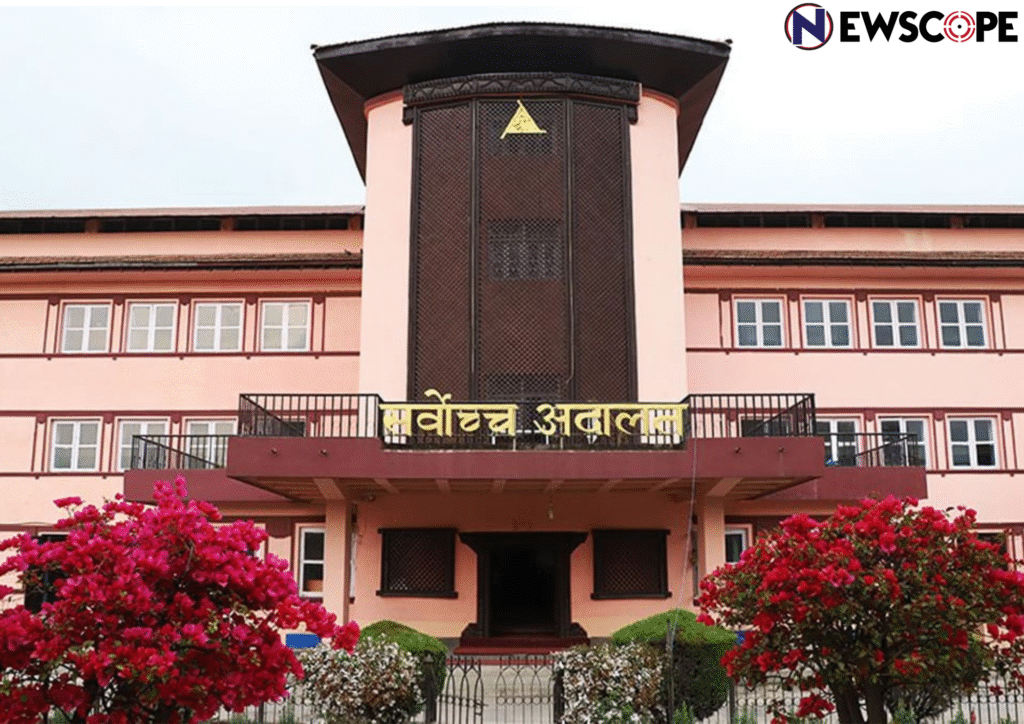A petition was filed at the Supreme Court to protect Lumbini, birthplace of Lord Buddha and a UNESCO World Heritage site, which is at present under threat from local industries’ pollution.
The petition also argues that permitting pollution-generating private industries violates the constitution, state laws, the Industry Promotion Board’s decisions, and international standards for the benefit of only some interest groups.
The emissions and harmful substances that the 61 industries in the region emit have been demonstrated to negatively impact human health. “If pollution in Lumbini is unchecked, it could have severe consequences for priceless archaeological sites such as the Ashok Pillar and a lot of artifacts,” the petition states. It also points out that the pollutants and fumes from the neighboring industries have adversely affected the habitat and health of the endangered sarus crane, changed the quality of the soil, affected agricultural output, and impacted biodiversity. The Supreme Court has made a landmark order to ensure the long-term cultural and environmental protection of Lumbini, the birthplace of Lord Gautam Buddha. According to the order, industries within Lumbini need to close down or shift within a span of two years, impacting around 15 businesses, such as Arghakhanchi Cement, Jagdamba Cement, Brij Cement, Ambe Steel, and Himal Snacks.
On Wednesday, a common bench of Justices Kumar Regmi and Sunil Kumar Pokharel made the order after receiving a writ petition filed by senior advocate Prakash Mani Sharma. The Court was concerned seriously about the uncontrolled development and pollution industries encircling the UNESCO World Heritage Site. It directed the government to suspend industrial activities emitting emissions within a 15-kilometer radius from Lumbini’s boundary.
The Court reaffirmed that the safeguarding of Lumbini was of international public interest to all of mankind, overruling past government actions and decisions contradicting conservation policies. It stressed that industries that were operational prior to November 27, 2009, should also be given priority for relocation and banned any expansion, capacity increase, or alteration in the purpose of existing firms.
Lumbini cannot be replaced. Although industries can be relocated, Lumbini has no alternative,” the Court observed. “Industries can give employment and earn revenue, but Lumbini itself is a deep spiritual resource. Its contribution to the national economy in terms of tourism is one of a kind compared to other industries.”
This ruling is viewed as a momentous advancement in the effort to protect Nepal’s cultural, environmental, and religious heritage, ensuring that the sanctity of Lumbini is maintained for generations to come.
